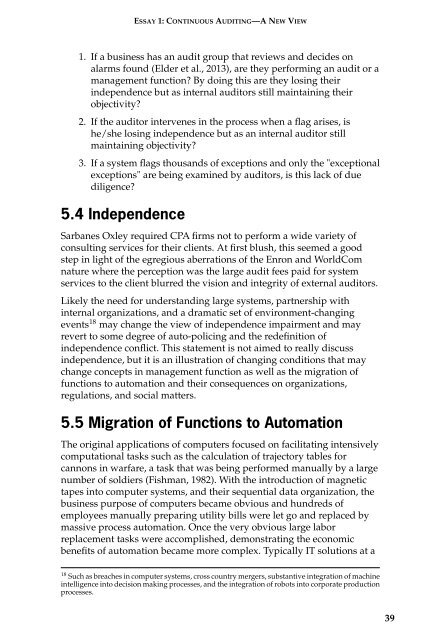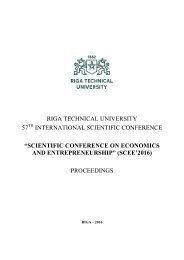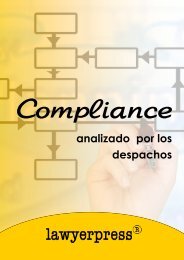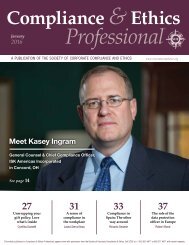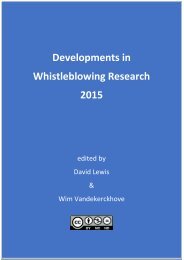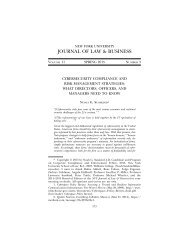AUDIT ANALYTICS AUDIT
x8YaD9
x8YaD9
- No tags were found...
You also want an ePaper? Increase the reach of your titles
YUMPU automatically turns print PDFs into web optimized ePapers that Google loves.
ESSAY 1: CONTINUOUS <strong>AUDIT</strong>ING—A NEW VIEW<br />
1. If a business has an audit group that reviews and decides on<br />
alarms found (Elder et al., 2013), are they performing an audit or a<br />
management function? By doing this are they losing their<br />
independence but as internal auditors still maintaining their<br />
objectivity?<br />
2. If the auditor intervenes in the process when a flag arises, is<br />
he/she losing independence but as an internal auditor still<br />
maintaining objectivity?<br />
3. If a system flags thousands of exceptions and only the "exceptional<br />
exceptions" are being examined by auditors, is this lack of due<br />
diligence?<br />
5.4 Independence<br />
Sarbanes Oxley required CPA firms not to perform a wide variety of<br />
consulting services for their clients. At first blush, this seemed a good<br />
step in light of the egregious aberrations of the Enron and WorldCom<br />
nature where the perception was the large audit fees paid for system<br />
services to the client blurred the vision and integrity of external auditors.<br />
Likely the need for understanding large systems, partnership with<br />
internal organizations, and a dramatic set of environment-changing<br />
events 18 may change the view of independence impairment and may<br />
revert to some degree of auto-policing and the redefinition of<br />
independence conflict. This statement is not aimed to really discuss<br />
independence, but it is an illustration of changing conditions that may<br />
change concepts in management function as well as the migration of<br />
functions to automation and their consequences on organizations,<br />
regulations, and social matters.<br />
5.5 Migration of Functions to Automation<br />
The original applications of computers focused on facilitating intensively<br />
computational tasks such as the calculation of trajectory tables for<br />
cannons in warfare, a task that was being performed manually by a large<br />
number of soldiers (Fishman, 1982). With the introduction of magnetic<br />
tapes into computer systems, and their sequential data organization, the<br />
business purpose of computers became obvious and hundreds of<br />
employees manually preparing utility bills were let go and replaced by<br />
massive process automation. Once the very obvious large labor<br />
replacement tasks were accomplished, demonstrating the economic<br />
benefits of automation became more complex. Typically IT solutions at a<br />
18 Such as breaches in computer systems, cross country mergers, substantive integration of machine<br />
intelligence into decision making processes, and the integration of robots into corporate production<br />
processes.<br />
39


